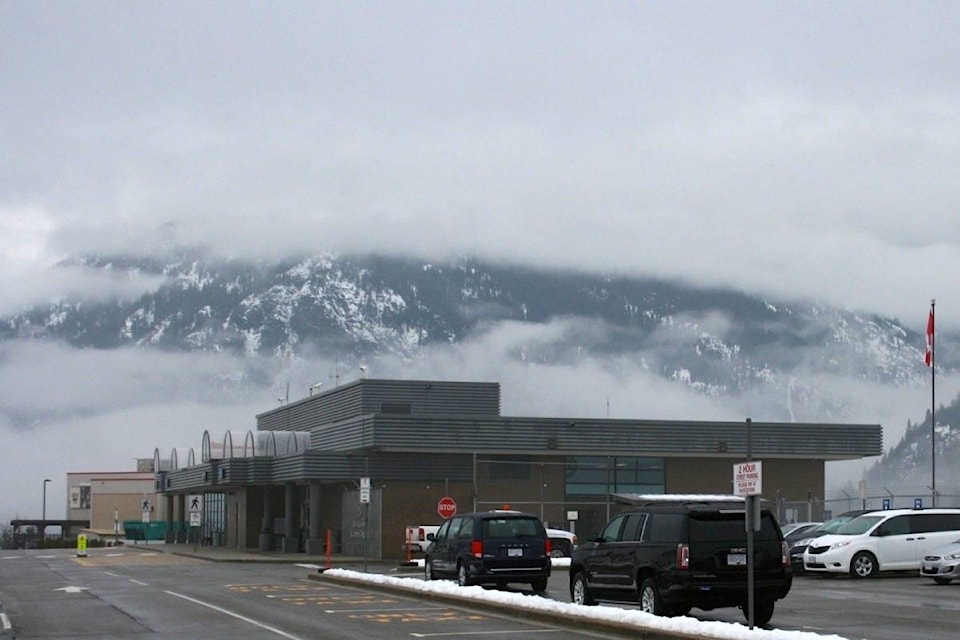It’s been more than a year since the City of Castlegar received a $260,000 report from the aviation consulting company Jeppesen on how to increase the reliability of the West Kootenay Regional Airport. But according to a former consultant on the project, it is “at a standstill” until 2020.
“The problem is that Transport Canada is two generations behind in the [technology] to adopt this,” Jim Gouk told the Nelson Star in September.
Gouk was referring to the upgrade of a procedure called Required Navigation Performance (RNP). That upgrade has been approved in the U.S., but Canada still needs to formally incorporate it, he said.
Castlegar’s city manager Chris Barlow confirmed that it will take until 2020 for Transport Canada to incorporate the upgrade.
“There is a natural pause here now as Transport Canada is waiting to enact the [U.S.] Federal Aviation Authority (FAA) regulations,” Barlow said.
However, in an email to the Star, Transport Canada implied the pause is not necessary.
“There is no immediate plan to integrate the changes … because the current Required Navigation Performance criteria have been validated through our consultation as meeting industry requirements,” the government spokesperson said.
“The current Canadian criteria does allow for the development of an appropriate and safe Required Navigation Performance procedure.”
Transport Canada declined to comment on the Castlegar airport situation specifically.
The Jeppesen report states that the minimum cloud ceiling for takeoff and landing at the West Kootenay Regional Airport in Castlegar could be lowered from the current 3,000 feet to 1,000 feet, making the airport more reliable for passengers, if an RNP system were incorporated.
RNP itself is nothing new and is used in many airports worldwide. It involves satellites and a flight management system in the aircraft that guides it on an approach the pilot would not otherwise be able to make.
Gouk told the Star last year that the standard approach involves a plane flying in a series of straight lines between points as it approaches an airport, but “RNP allows the aircraft to fly in a curved approach, staying in the middle of a valley even though the terrain varies, keeping maximum clearance from the side hills.”
An RNP system consists of computer software developed by Nav Canada for a specific airport and run by the airline. It requires no additional equipment at the airport. Nav Canada is the company that runs navigational systems in all Canadian civil airports. It would have to refine the system recommended by Jeppesen so that it is airport-specific for Castlegar.
There is a chicken-and-egg aspect to this issue because none of this matters unless there is an airline willing to adopt an RNP system for Castlegar, even if Transport Canada has approved it.
The airline would have to commit to first testing the newly developed system in a simulator and training its pilots. For Air Canada, it would involve changing the type of aircraft it uses for the Castlegar route.
Barlow, Gouk and the Jeppesen report all agree that an RNP system could not be used with the Dash 8 aircraft, and Air Canada would have to upgrade to a more advanced plane. Air Canada has declined several times over several years to respond to the Star’s questions about whether it would contemplate the change.
Gouk told the Star he met with WestJet earlier this year to inquire about the possibility of the airline adding Castlegar to its schedule if there was an RNP system available.
He said WestJet told him they would be interested but “are not going to get the cart ahead of the horse and put a lot of resources into this until Transport [Canada] is on board.”
In an email to the Star, WestJet declined to comment other than to say it has no plans to add Castlegar to its schedule.
In the meantime, the city is developing a $97,327 master plan that will guide the expansion and operation of the airport for the next 25 years. The review will look at airport ground access, runways, the terminal building and services, hangars, vehicle and aircraft parking, air navigation infrastructure, utilities and services, airport maintenance buildings, emergency response services, noise management, environmental planning, security and land use.
Barlow said the long-term plan is a top priority of the city, and it is proceeding under the assumption that an RNP system or some other navigation technology will allow more reliable flight access in the meantime.
